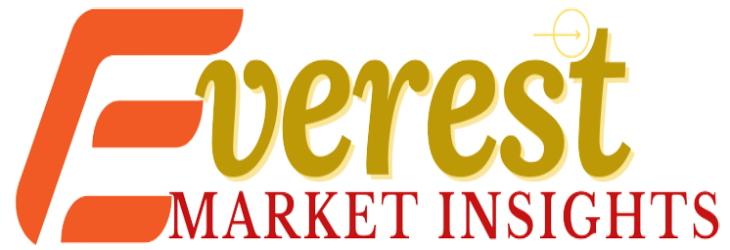The robotic medical imaging market has seen significant growth in recent years, driven by technological advancements and an increasing demand for minimally invasive procedures. Robotic medical imaging systems use advanced imaging technologies and robotic technology to assist healthcare professionals in performing surgeries and diagnostic procedures with greater accuracy and precision. The global robotic medical imaging market was valued at USD 2.75 billion in 2020 and is expected to reach USD 4.94 billion by 2028, growing at a CAGR of 7.9% during the forecast period.
Key Trends
One of the key trends in the robotic medical imaging market is the increasing adoption of robotic systems for minimally invasive surgeries. Minimally invasive surgeries offer several benefits over traditional surgeries, such as reduced pain, faster recovery times, and shorter hospital stays. Robotic medical imaging systems allow surgeons to perform these procedures with greater precision and accuracy, minimizing the risk of complications and improving patient outcomes.
Another trend in the market is the increasing use of artificial intelligence (AI) and machine learning (ML) algorithms in robotic medical imaging systems. These technologies enable the systems to analyze vast amounts of data quickly and accurately, providing healthcare professionals with valuable insights and assisting in decision-making processes. AI and ML algorithms also enable the systems to learn and adapt to new situations, improving their performance over time.
Opportunities
The growing demand for minimally invasive procedures and the increasing prevalence of chronic diseases, such as cancer and cardiovascular diseases, present significant opportunities for players in the robotic medical imaging market. These procedures require advanced imaging technologies and robotics to perform with greater accuracy and precision, driving demand for robotic medical imaging systems.
The market also presents opportunities for players to expand their product portfolios and develop innovative technologies. For instance, there is a growing demand for robotic medical imaging systems that can be used in remote or underserved areas, where access to healthcare facilities is limited. Players can develop portable and affordable systems that can be easily transported and used in these areas, improving access to healthcare services.
Challenges
Despite the significant opportunities in the market, there are also several challenges that players need to address. One of the key challenges is the high cost of robotic medical imaging systems. These systems require advanced imaging technologies and robotics, which can be expensive to develop and manufacture. This makes them inaccessible to many healthcare facilities, particularly in low-income countries.
Another challenge is the lack of skilled healthcare professionals who can operate and maintain these systems. Robotic medical imaging systems require specialized training and expertise, which can be difficult to find in some regions. This limits the adoption of these systems in some areas and presents a barrier to market growth.
Conclusion
The robotic medical imaging market presents significant opportunities for players in the healthcare industry, driven by the increasing demand for minimally invasive procedures and the growing prevalence of chronic diseases. However, players need to address several challenges, such as the high cost of these systems and the lack of skilled healthcare professionals, to fully realize the market’s potential. Overall, the market is expected to continue to grow in the coming years, driven by technological advancements and increasing demand for advanced healthcare services.
Disclaimer: The views, suggestions, and opinions expressed here are the sole responsibility of the experts. No Everest Market Insights journalist was involved in the writing and production of this article.
